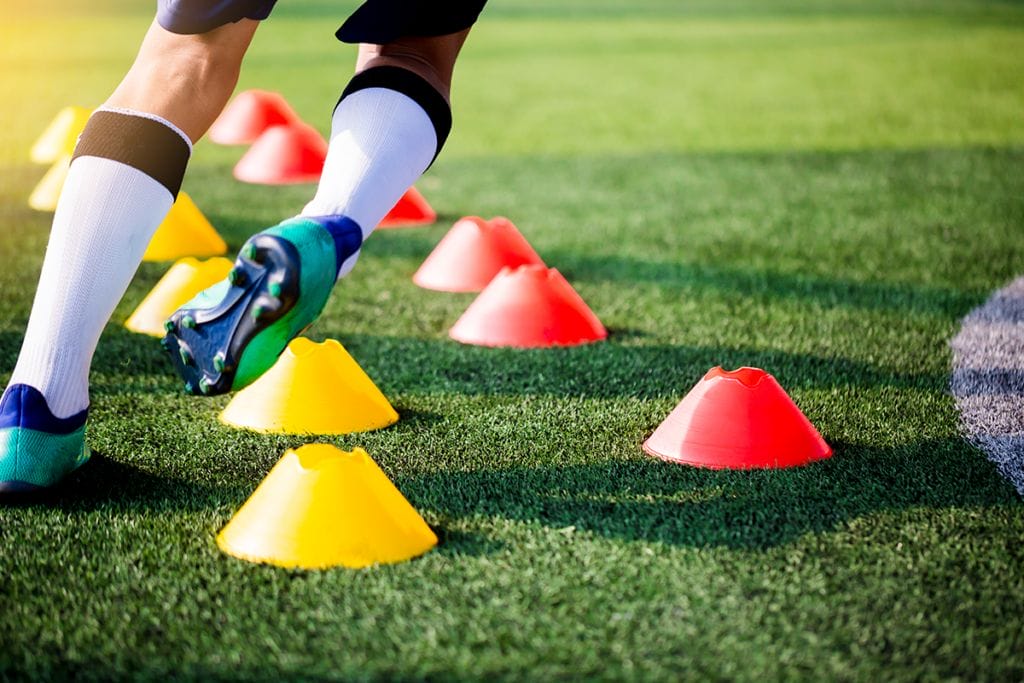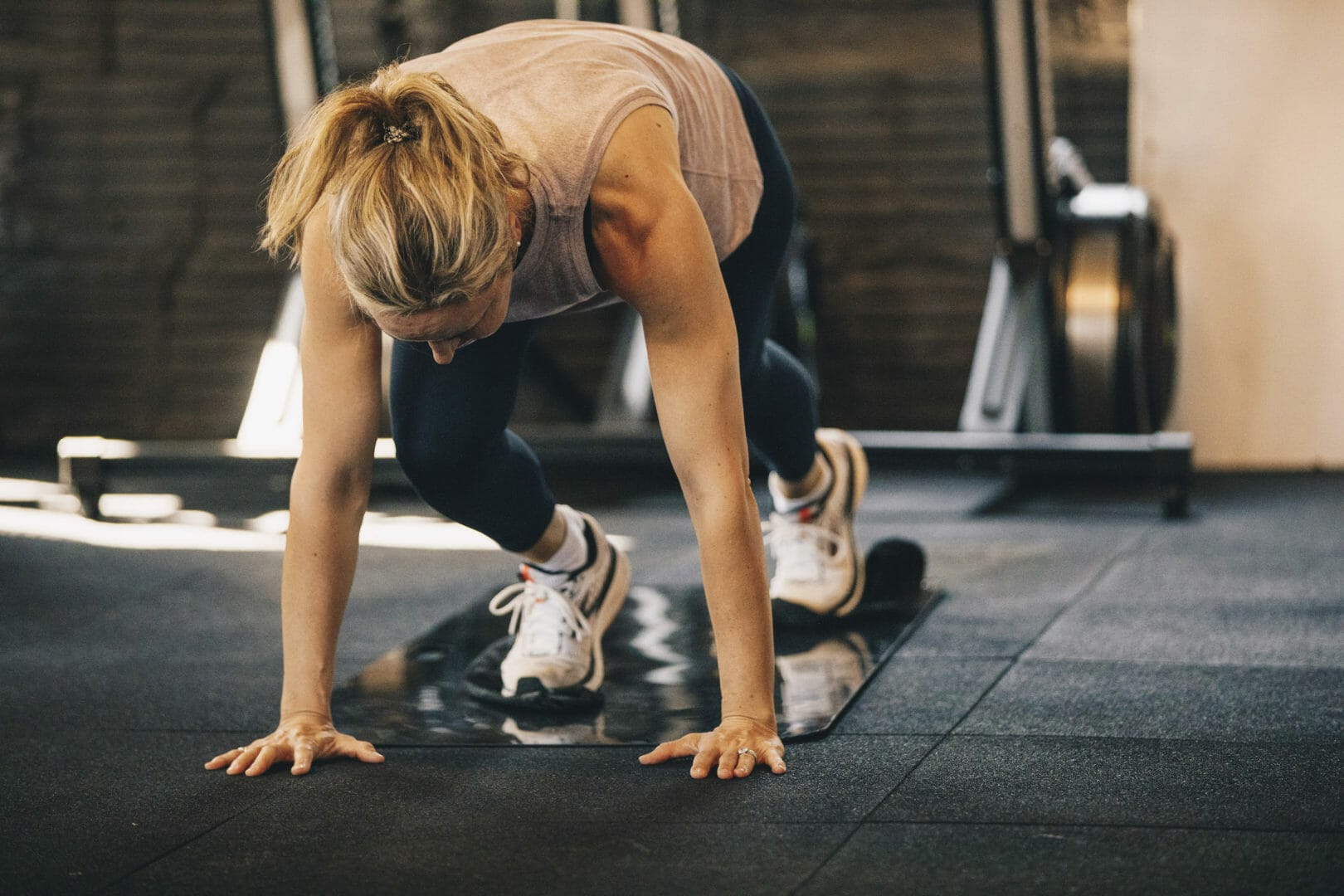Training has evolved over the past twenty years in sports-specific movement patterns. When it comes to running, the old school method has been the standard. It would be to teach the basics in linear, straight-line runs or agility and speed drills, but limit the athlete to forward or side to side movements.
However, with video analysis and coaches simply doing a better job of delving into the biomechanics of human movement in sports, old-school methods of training are still useful; although, only one aspect in training an athlete.
Understanding curved linear runs are important for most sports that involve running because the majority of the time you’ll be active with curved runs.
Such as sports like baseball, football, basketball, track sprints (the 200 and 400 meter), soccer, and any sport that is directly impacted with either a curved track or obstacles, such as defenders to move around.
Curved linear runs involve leaning into turns, just as a motorcycle leans into turns on those hairpin corners on a track. The body has to use the inside and the outside of the feet respectively if you are to maintain balance and the ability to reach top speeds.
One of the main differences with curvilinear running/sprinting compared to linear sprinting is that the body leans inwards, as opposed to remaining more upright. These athletes are steered by centrifugal force and consequently, need to produce a mediolateral (side of the body) ground-reaction force in order to offset the centrifugal force to remain stable while running.
As running velocity increases, having the strength and technique to overcome these forces may be an important determinant in curvilinear sprint performance.
Training the body to practice sprints at 30 degrees on rounded corners can help in strengthening the lower leg, joints, tendons, and how that ground reaction force is applied. Ground reaction force is applied differently to reach optimal stability. Alongside, the right amount of elastic stiffness within the joints.
Training an athlete to do plyometrics, agility, and overall sprint work with curved linear runs will complement the athletes’ ability to perform on the field and reduce the risk of injury.




